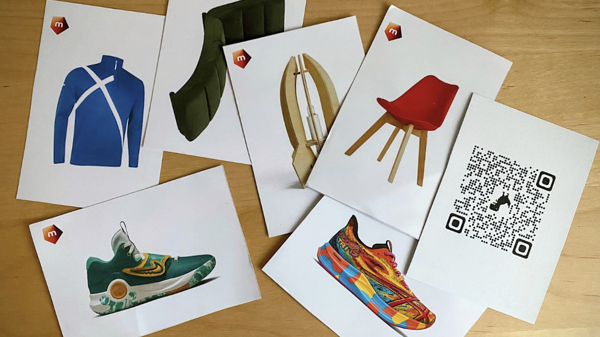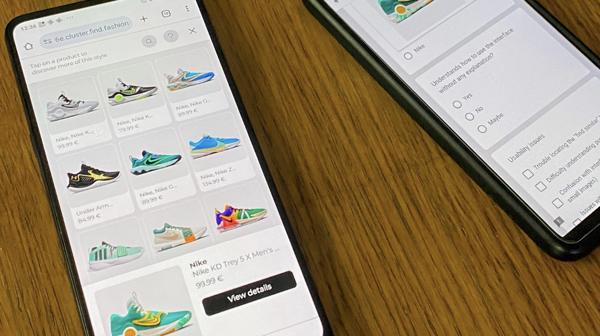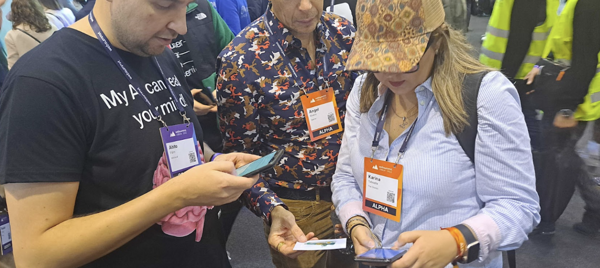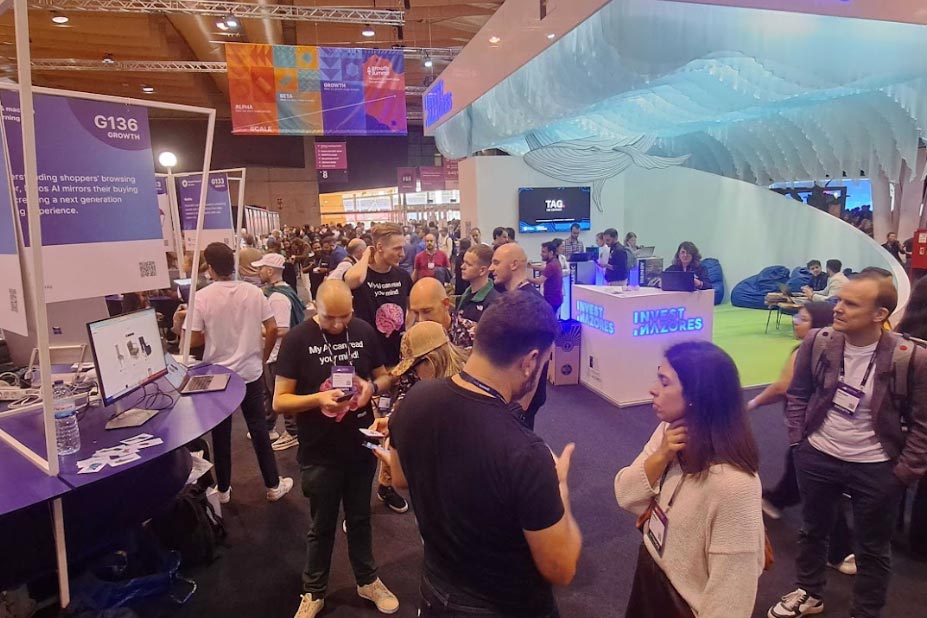Last month, our team at Miros was in Lisbon among Europe’s most remarkable minds in tech at the Web Summit.
At the conference, Miros’ booth was a good place for the Product Design team to try out an experiment and get quality feedback. So we took the opportunity!
The experiment
In this experiment, we tested Europe’s tech experts to see if they can navigate our new UI without guidance, besides identifying usability issues and testing the efficiency of our wordless search new UI.
Our main hypothesis: Miros is intuitive, efficient, and highly usable.

The Approach
The Web Summit hosted more than 70,000 visitors. This was an excellent opportunity to test because of the high foot traffic. Besides its cost-effectiveness, real-world usage observations, and networking opportunities.
Given the setting, it was clear that the user testing for our Visual AI had to be:
- Quick and straightforward.
- Rely more on visual cues than verbal feedback.
- Documentation via Google Forms since recording isn’t an option.

We made things easier for our participants by preparing scenarios to search. We had flashcards with product images, each with a unique QR code on the back.
When scanned, these QR codes would open a product catalog demo containing thousands of items. This allowed for a quick and efficient way to test different scenarios and gather data.
Engaging with Participants

The team was ready to start testing. Wearing T-shirts with a large brain image, the slogan “My AI can read your mind,” and Miros’ booth number on the back to attract users.
In the booth, they had a demo phone, a second phone for note-taking, and flashcards.
The rules were simple: Participants chose a product card, scanned it, and started searching.
The task? Locate the corresponding product within the demo.
As users navigated the demo, our team took notes on another phone with Google Forms, asking a series of questions about the usability of Miros.
After running 36 tests and additional demos, our team got a wealth of consumer insights and good findings. We have a satisfactory confirmation that our wordless search works very well.

- 83.3% of users found the product they were looking for.
- 69.4% found the product within five clicks.
- The average rating for the ease of navigation was 4.2 out of 5.
- The likelihood rating for using wordless search in shopping was 4.6 out of 5.
One might argue this data is biased because of the participants’ tech-savviness. Or you could also say that as technology innovators, they gave a “seal of approval” to the technology.
Miros is already implemented in ecommerce sites from retailers in categories like Fashion, Footwear, Furniture, Home Decor, and Games and Toys.
Try doing an A/B testing like our partner Momox did and see how users interacting with the technology are more likely to stay and buy more on your website.
To learn more about Miros and test it for yourself, book a demo today.




